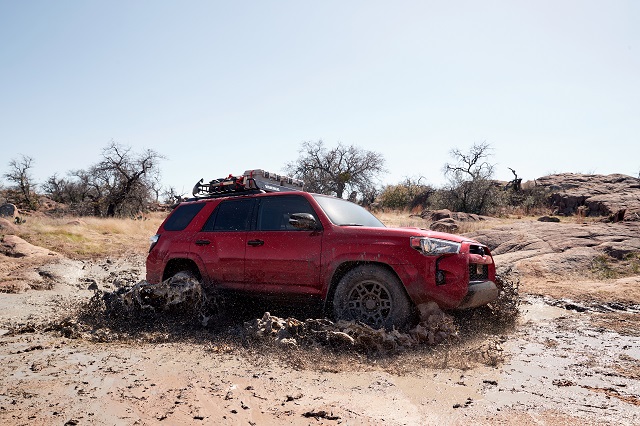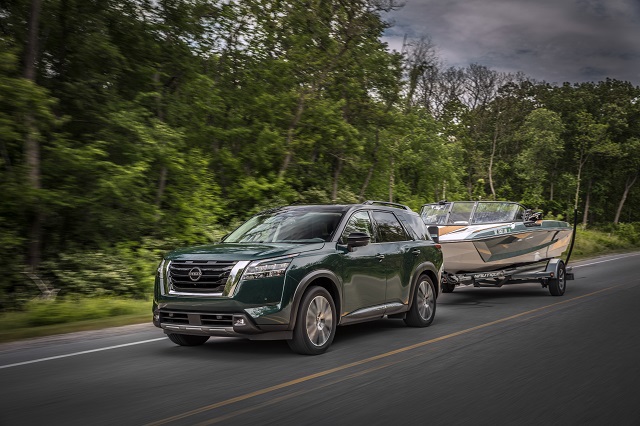While the sight and name of crossovers may be ubiquitous, their defining characteristics may be a little more difficult to ascertain.
Crossover, Crossover SUV, CUV, Compact SUV. Whatever you want to call it, this class of vehicles is taking over U.S. roadways. Some studies show crossovers account for nearly 40% of the cars on the road. Furthermore, nearly half of all new cars produced by major manufactures fall into the crossover designation.
In the spectrum between sedans and SUVs, crossovers appear to be closer to the latter, larger in size and boasting a higher ground clearance. But at what point does a crossover become a SUV? Car manufacturers have further muddled the distinction between the two vehicle classes by using these terms liberally.
So, what is the difference between a crossover and a SUV?
Construction
The most definable difference between a crossover and a SUV is in their bones. Crossovers are based on a car’s platform and boast a unibody construction. This means the body and frame are one structure. This type of construction is more cost-efficient and produces a lighter and more spacious vehicle. Unibody cars also tend to be safer due to their built-in crumple zones.
SUVs are based on a truck’s platform and built through body-on-frame construction. This method is how all cars were built back in the day. It involves mounting a separate bodywork unit to a vehicle’s frame. Body-on-frame construction produces qualities useful in heavy-duty and off-road vehicles, including greater torsional flexing and a more rigid platform that allows for increased hauling and towing.

Drivetrain
Almost all SUVs can be equipped with full and/or part-time four-wheel drive, as opposed to the two-wheel drive found in crossovers. In a four-wheel drive system, the front and rear driveshafts are locked together, causing them to spin at the same speed. This creates more traction, allowing SUVs to overcome challenging terrain and difficult conditions.
Four-wheel drive systems commonly have low and high ranges that can be selected by the driver. The former provides more traction on off-road conditions like mud, sand and steep hills, while the latter helps traverse slippery road conditions like ice and snow.
Engine
Another definable difference between a crossover and a SUV can be found under the hood. The former will have a four-cylinder engine. Most SUVs, however, come with a V6 (or six-cylinder) engine. Some may even have a V8. These larger engines provide the power SUVs need.

Towing and Hauling
SUVs generally have a higher towing capacity than crossovers. Some can even tow similar weights to that of pickup trucks. The increased superior capability is the product of engines that produce more torque, which is needed to get the car in motion.
Greater torque also means SUVs are able to haul more weight. This is also aided by the vehicles’ larger size and stronger body.
Fuel Efficiency
The larger engine found in an SUV provides more power, but generating that power requires more energy. As such, SUV use more fuel and are less fuel efficient than crossovers. Crossovers are also smaller and lighter, which helps improve their fuel efficiency.
Visit AAA.com to learn more about all things cars and trucks.
In the market for a new vehicle? Start by downloading our free Car Buying Guide, which includes tips on navigating every step of the process.













